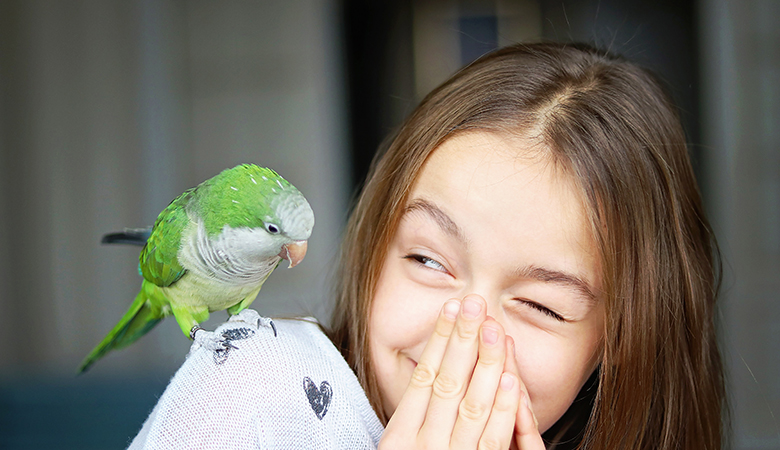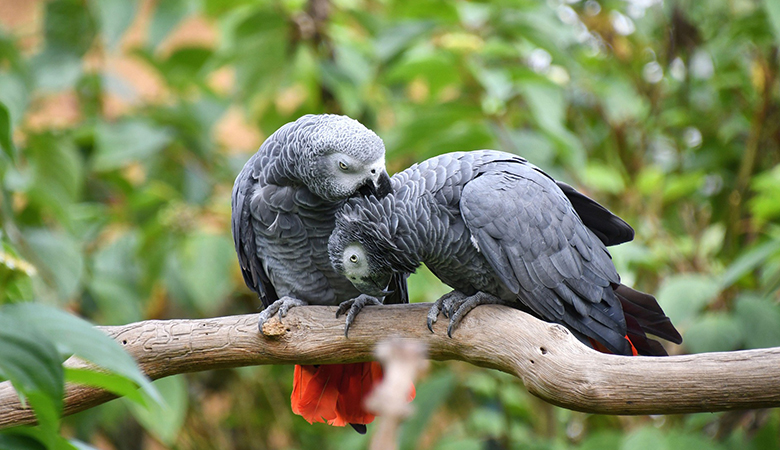Care and housing of the parrot
Parrots are intelligent, social birds that require plenty of space, attention and variety to feel comfortable. Good care and proper housing form the foundation of their health and well-being. Anyone who keeps a parrot must take into account its natural behaviours, such as climbing, chewing, communicating and seeking social contact. Below you will find the most important points for creating a suitable living environment.
Cage and space
A parrot needs a lot of room to move, climb and stretch its wings. Always choose the largest cage possible: the bigger, the better. The minimum size depends on the species: a small cockatiel needs less space than a large macaw or African Grey, but every parrot should be able to fly or flutter inside its enclosure. The cage must be sturdy, have horizontal bars for climbing, and must not be made of toxic metals (such as zinc). Place the cage in a quiet, draft-free location with plenty of natural daylight but no direct sunlight. Parrots enjoy company, so a place where they can observe daily household activities is ideal. In addition to the cage, daily free-flight time is essential to keep both muscles and mind active.
Setup
Furnish the cage with perches of different thicknesses and natural materials to keep the feet healthy. Add branches, ropes, ladders and climbing toys to encourage movement and mental stimulation. Parrots love to chew, so always provide safe chewing materials such as untreated willow branches or toys made of coconut, bamboo or wood. Food and water bowls should be placed in fixed, clean locations. Include a bath or spray bottle so the bird can bathe, parrots enjoy it, and it helps keep their feathers clean and flexible. Finally, ensure there is plenty of variety in toys, parrots are very intelligent and become bored quickly if they see the same items every day.
Care
Good care includes daily attention, hygiene and proper nutrition. Remove food scraps, empty seed husks and droppings every day. Clean the cage, perches and bowls weekly with warm water and a mild soap. Fresh drinking water must always be available. Parrots also need a balanced diet, with pellets as the base, supplemented with fresh vegetables, some fruit and limited amounts of nuts and seeds. During moulting or breeding season, they may require extra protein-rich food or supplements. Check the nails, beak and feathers regularly. Overgrown nails or a beak that grows unevenly must be trimmed by a veterinarian. Also pay attention to changes in behaviour, appetite or droppings, these can be early signs of illness or stress.






